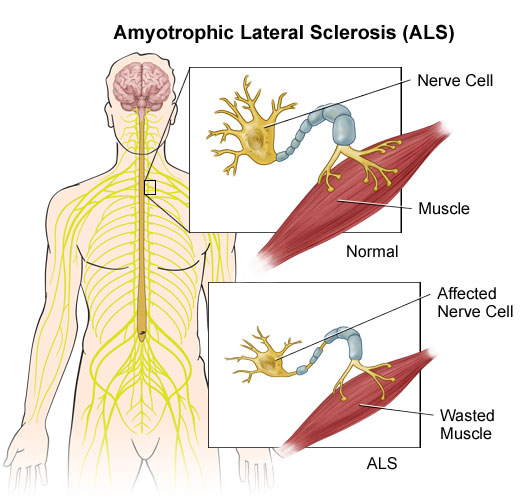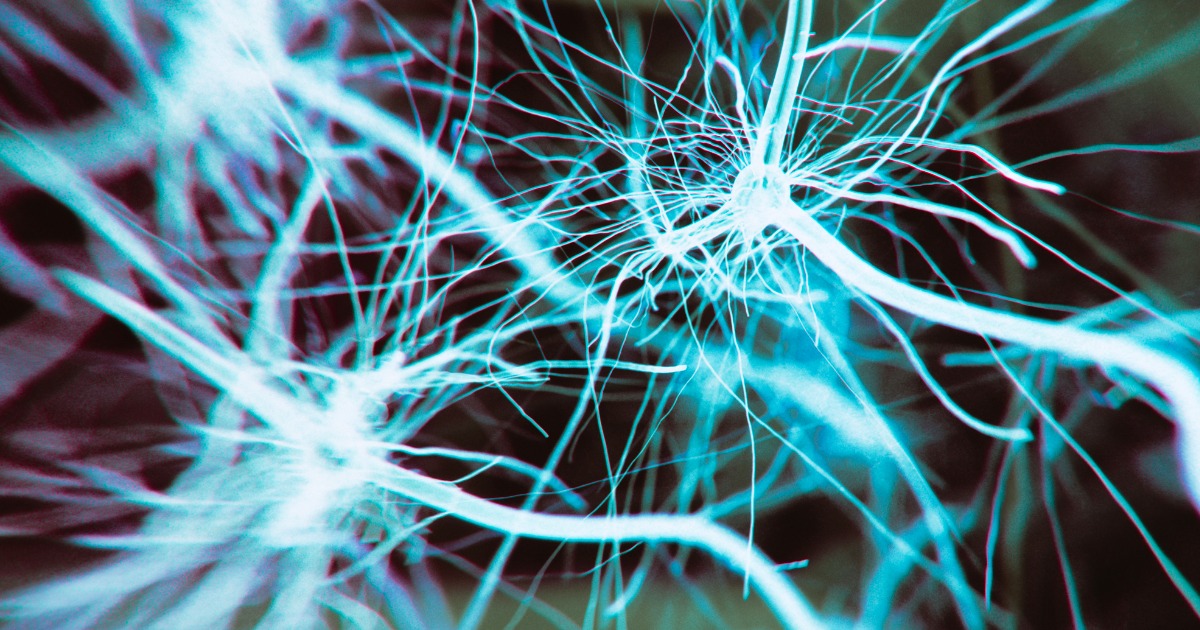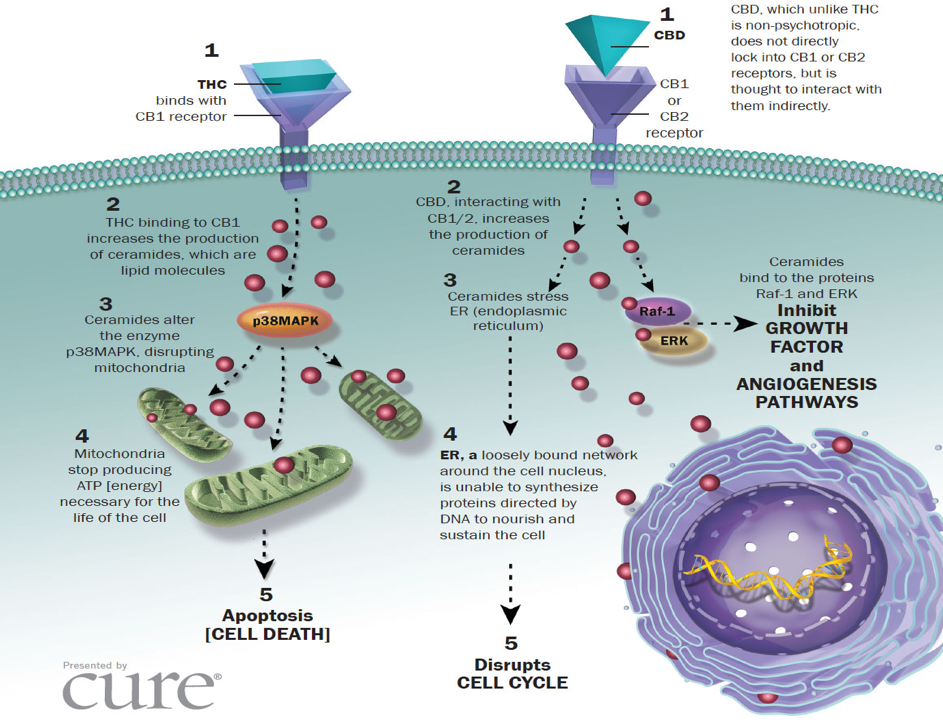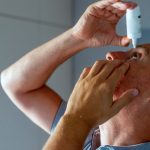ALS & Medical Marijuana: Lou Gehrig’s Disease Survivors Are Finding Relief
Lou Gehrig was diagnosed at the height of his legendary baseball career, at the age of 36. The prognosis was bleak: rapidly progressing paralysis, difficulty in eating and speaking, and a life expectancy less than three years.
“So I close in saying that I might have been given a bad break, but I’ve got an awful lot to live for — Thank you.” Lou Gehrig’s Baseball ‘Gettysburg Address’
He died two years later, but left us with his brave, grateful, and graceful legacy.
ALS has also taken Stephen Hawking, Hall of Fame pitcher Jim “Catfish” Hunter, and “Sesame Street” creator Jon Stone, among far too many others.
What Is ALS?
ALS affects nerve cells in the brain and the spinal cord and it progresses as a result of nerve degeneration. This is known as neurodegeneration — a term that comes up often in the realm of Medical Cannabis (or Marijuana) research natural relief. It causes muscles to waste away as they are no longer receiving nerve impulses and other electrical nourishment.
- We have an intricate system of nerves that reach from our brains to our spinal cords and then throughout our bodies to every muscle. When the motor neurons die, the ability of the brain to initiate and control muscle movement is lost. People may lose the ability to speak, eat, move and breathe
- Approximately 5,000 people in the U.S. are diagnosed with ALS each year
- It is estimated there are more than 20,000 Americans may be living with ALS at any given time
- ALS occurs throughout the world with no racial, ethnic or socioeconomic boundaries and can affect anyone
- Military veterans are approximately twice as likely to develop ALS
- The early stages of ALS often involve muscle weakness or stiffness. Increasing weakness, wasting and paralysis of the muscles of the limbs and trunk as well as those that control vital functions such as speech, swallowing and later breathing generally follows

Medical Cannabis Connection
Cannabis Fights Neurodegeneration
THC and CBD are both potent antioxidants (see our recent blog post for more information), according to the U.S. government, which filed a patent on the antioxidant and neuroprotective properties of cannabinoids based on research from 1998. Once again, we encounter the hypocrisies of federal drug policy, which steadfastly maintains that cannabis has no medical value natural relief.
In another study entitled, Cannabidiol: a promising drug for neurodegenerative disorders? — done in 2009 by the Department of Experimental Pharmacology at the University of Naples, Italy and sponsored by the NIH, the scientists concluded:
“Nevertheless, among Cannabis compounds, cannabidiol (CBD), which lacks any unwanted psychotropic effect, may represent a very promising agent with the highest prospect for therapeutic use.”
Let’s explore how Cannabis affects neurodegeneration
Oxidative stress and the creation of free radicals begins in the powerhouses of cells, known as the Mitochndria. Mitochondrial dysfunction is involved in virtually all disease, especially age-related neurodegeneration.
An estimated fifteen percent of all CB1 receptors in neurons exist on the mitochondria.
According to a 2016 report in Philosophical Transactions of the Royal Society of London
“Cannabinoids as regulators of mitochondrial activity, as anti-oxidants and as modulators of clearance processes protect neurons on the molecular level… Neuroinflammatory processes contributing to the progression of normal brain aging and to the pathogenesis of neurodegenerative diseases are suppressed by cannabinoids, suggesting that they may also influence the aging process on the system level.”
Another study found:
Cannabinoid CB1 Receptors Are Localized in Striated Muscle Mitochondria and Regulate Mitochondrial Respiration (Frontiers in Physiology, Oct. 2016)
“In conclusion, CB1 receptors are localized in the mitochondria of striated muscles in a similar proportion to brain tissue.”
And finally, in promising new research out of Israel, where the endocannabinoid system was first discovered in 1963, scientists found that in people affected by the disease, the muscle secretes toxic free radicals and that in people with ALS, not only was the level of free radical toxicity higher, but there was also an increase in the number of receptors.
In addition, the researchers found that this higher toxicity occurred when there were reduced levels of one specific microRNA (miRs): the miR-126–5p, in ALS models natural relief. MicroRNAs are small molecules that regulate the translation of proteins and play an important role in many other cellular processes.
“We demonstrated in lab work and on mouse models that we can successfully ameliorate ALS symptoms using this miR as a potential drug,” Dr Eran Perlson of the Department of Physiology and Pharmacology at TAU’s Sackler Faculty of Medicine, said in the statement. “We further demonstrated that muscle tissue — not only motor neurons — are undoubtedly involved in the progression of ALS.”
In a study, Cannabinoid neuroimmune modulation of SIV disease, scientists linked cannabinoids to these same microRNA’s. (Molina, P.E., Amedee, A., LeCapitaine, N.J. et al. J Neuroimmune Pharmacol (2011) 6: 516.)
“Cannabinoids could also be modulating the expression of miRNAs, a novel class of endogenous, small, noncoding RNAs that negatively regulate gene expression via degradation or translational inhibition of their target mRNAs. MicroRNAs are important regulators of cell differentiation, proliferation/growth, mobility, and apoptosis.” (Zhang, 2008)
The Takeaway
We now know, through rigorous government sponsored testing and cutting edge research from Israel, that Cannabis has neuroprotective properties and affects cell respiration, fights free radicals and keeps cells from dying. Also, the existence of Cannabinoid receptors has been shown on striated muscle tissues natural relief. Putting these important discoveries together with the new thoughts on the synergies of microRNA and Cannabis has huge implications in treating and possibly even curing diseases such as ALS.









